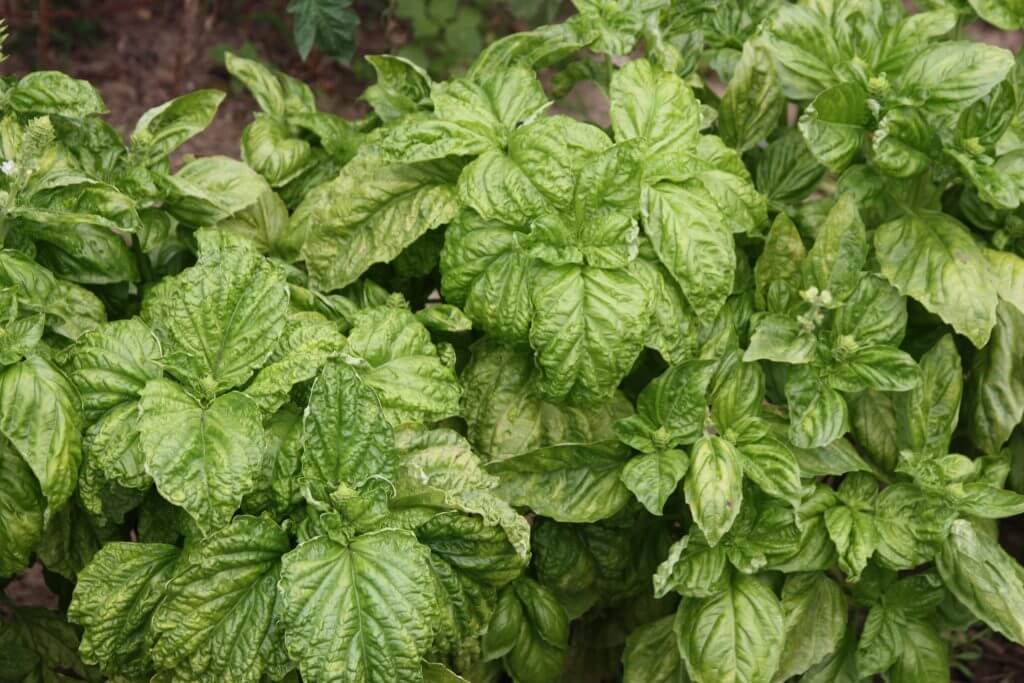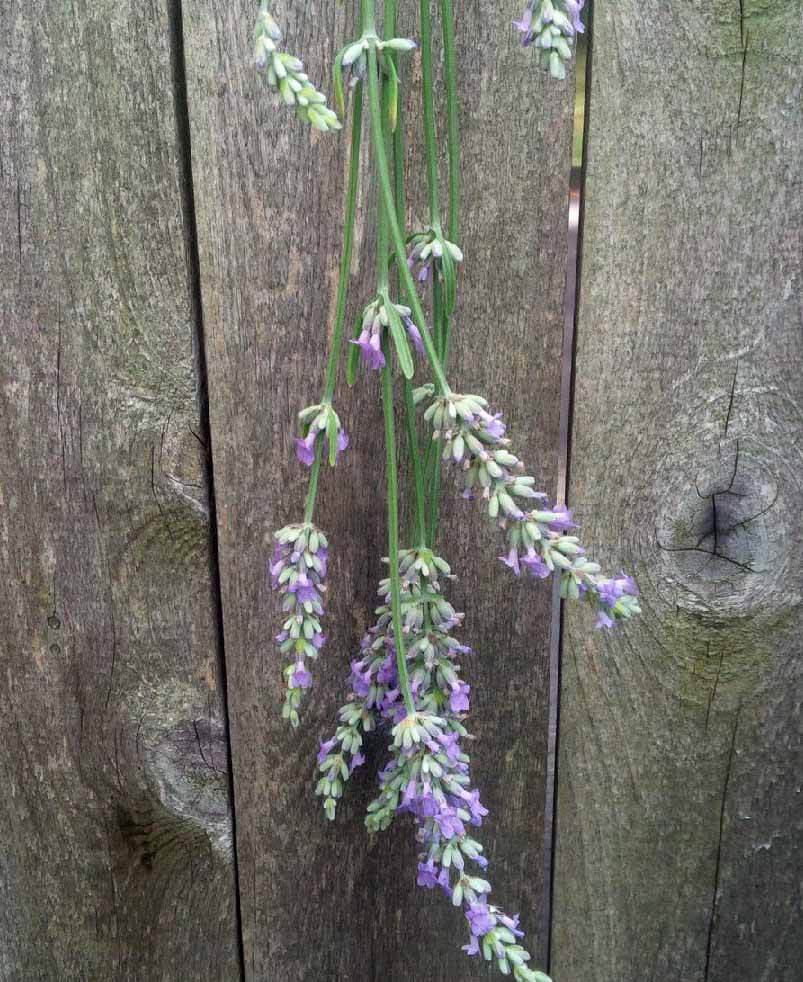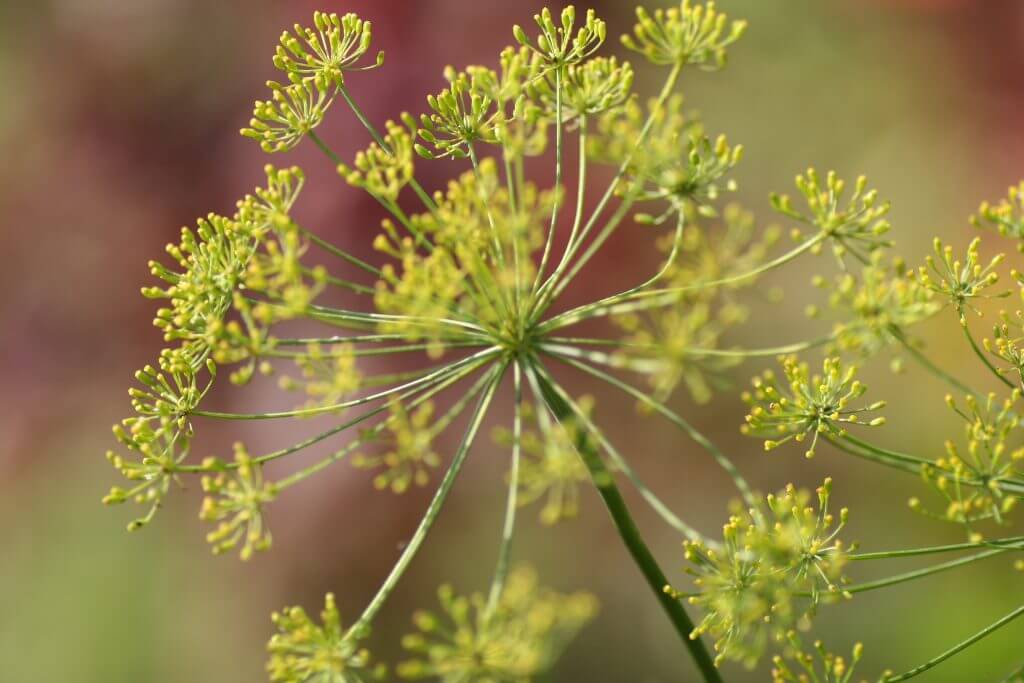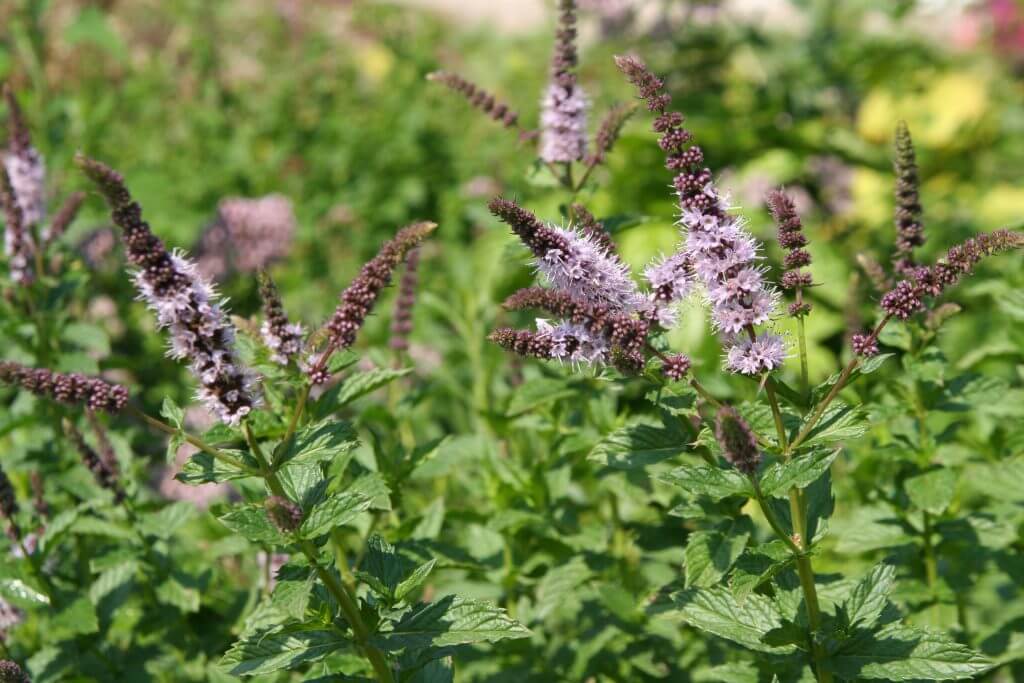
Some herbs don’t disappear when winter comes. A suite of favorites from the Mediterranean stay green, keeping our gardens looking pretty and our food tasting good. Designing and cooking with them is easy, but keeping them happy during the winter months requires an understanding of what they need to grow well.
Rather than being herbaceous perennials, meaning they die to the ground in winter and stem from the earth in spring, these herbs are actually shrubs and subshrubs. This means they have woody growth. They require pruning to maintain their good looks and vigorous growth, and if the cold and winter sun becomes too harsh and they are not protected, their stems will die.
Lavender

Valued as a garden and landscape beauty, as well as an aromatic and culinary herb, lavender has both lovely foliage and pretty summer flowers. There are several species that are commonly grown. The most cultivated forms are English lavender (Lavandula angustifolia, 2-3 feet) and French lavender (Lavandula stoechas, 1-3 feet), which are both shrubby perennials with pretty flowers that are highly attractive to bees. The leaves are commonly used are a component of Herbs de Provence, a popular French herb mix used to flavor meats, sauces, and stews.
The common name “English lavender” is actually a misnomer. This evergreen plant originates from the mountain ranges of Spain, France, and Italy where it exists in open, rocky, alkaline soils. When grown in the garden, plants need sharply drained soils and full sun. The whole plant is fragrant. Its summer flowers, may be lavender blue, purple or white, exist in elongated clusters atop long, thin stems. Small, linear, silver-gray leaves densely line the stems. This lavender can survive in zones 5-8, but in the colder end of its hardiness, the stems often experience winter desiccation and damage. Old or unsightly stems should be pruned off in spring after temperatures have begun to warm and new growth appears.

French lavender is a bit more tender than English. It survives in USDA hardiness zones 8-9. It naturally exists on the Mediterranean coasts where conditions are hot and dry. The mounded evergreen subshrub can become quite large with age. It is fully evergreen with fine, toothed leaves of silvery gray-green. In drier weather, the leaves become more linear and silvery. Its slender stems are topped with oval spikes of densely clustered dark purple flowers topped with showy plumes of brighter purple bracts. These appear from late spring through summer.
Sage

Prized for flavoring Thanksgiving stuffing, sausages, and winter pasta dishes, sage (Salvia officinalis, 2-2.5 feet) is also an attractive, evergreen landscape plant that continues to look nice through winter. It’s broad, dusty gray leaves smell pungent when crushed, and in early summer, stems of pretty violet-blue flowers appear.
Also from the Mediterranean, this sun-loving subshrub requires well-drained soils. It is quite hardy, surviving in USDA hardiness zones 4-8. In colder zones, stems and leaves have a tendency to die back, so spring removal of dead or damaged stems is a must. There are many beautiful cultivars including the broad-leaved ‘Berggarten’ sage and ‘Tricolor’ sage with its purple, cream, and gray-green leaves. All sages have a place both in herb and perennial borders.
Rosemary

The piney smell of rosemary (Rosmarinus officinalis, 2-6 feet) permeates this sprawling evergreen shrub. Native to the Mediterranean and Caucasus, it grows in rocky sandy soils and can withstand the salt spray of the seashore. It will grow in USDA hardiness zones 7-10, but in colder zones winter stem dieback is common. Some cultivated varieties are hardier than others with the upright cultivar ‘Arp’ surviving to zone 6. Well-drained soils and sites protected from harsh winter weather will help plants make survive the cold. They can also be protected with a winter cover of straw.
Rosemary shrubs can become quite wide and bushy, though low-growing, creeping cultivars also exist. The mat-forming ‘Prostratus’, which sprawls to several feet but only reaches 6-12 inches, is one of these. Pale violet-blue flowers appear along the stems in spring and early summer. Plant rosemary in sharply drained soil and full sun where it will have plenty of room to grow. Where winters are mild, these shrubs can be sheared as topiaries to create an architectural, fragrant border. Harvest leaves and stems to season meats, sauces, and roasted vegetables.
Thyme

Creating low mats of minute evergreen foliage, thyme is a garden favorite for herb and rock gardens. It also looks great planted among stepping stones or as a ground cover for the sun. Many species are cultivated and all are culinary, though some taste better than others. French thyme (Thymus vulgaris) is the culinary favorite, with lemon thyme (Thymus citriodorus) following in flavor. The highly prostrate, fuzzy-leaved wooly thyme (Thymus pseudolanuginosus) is very pretty planted along a stone walkway or along a rock wall. The low-growing pink-flowered creeping time is also extra pretty producing masses of pink flowers in spring. Mother-of-thyme (Thymus serpyllum) is a northern European species that also produces masses of pink flowers in spring and makes groundcover. Planting them among sunny, protective rock walls and beds will help protect them through winter and ensure they will continue to look nice.
All of these herbs are mints producing pretty, fragrant flowers that are highly attractive to bees. Their planting needs are similar. All require well-drained soils, and though they can withstand poorer quality soils, they will thrive if their soils are amended with Black Gold® Garden Compost Blend. Plant them in spring, so they will have plenty of time to become established for the cold winter months.
Leaves can be harvested any time of year, which is why sage, rosemary, and thyme are used to flavor winter dishes. Their aromatic flavors offer year-round pleasure and the plants themselves full-season garden interest.


 Garden herbs ready for harvest. (photo by Jessie Keith)
Garden herbs ready for harvest. (photo by Jessie Keith) Basil is best frozen for winter use. (photo by Jessie Keith)
Basil is best frozen for winter use. (photo by Jessie Keith) Lavender flowers are best dried by hanging in a cool, dry place.
Lavender flowers are best dried by hanging in a cool, dry place. Dill weed can be dried for winter and the seed collected and used as a spice. (photo by Jessie Keith)
Dill weed can be dried for winter and the seed collected and used as a spice. (photo by Jessie Keith) Mints retain their flavor beautifully when correctly dried. (Image by Jessie Keith)
Mints retain their flavor beautifully when correctly dried. (Image by Jessie Keith)


